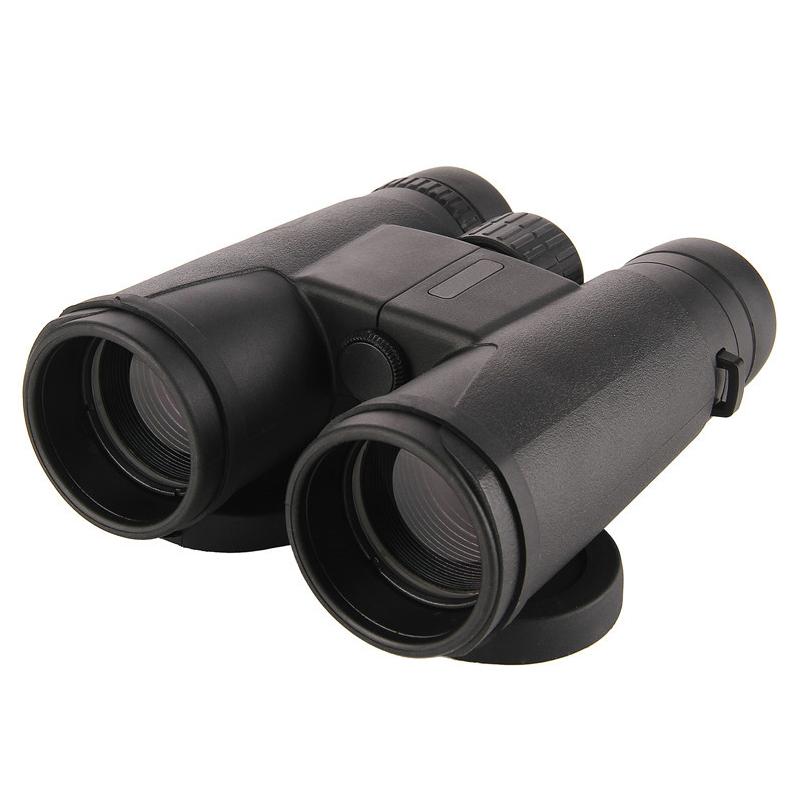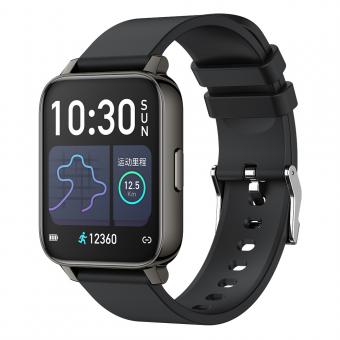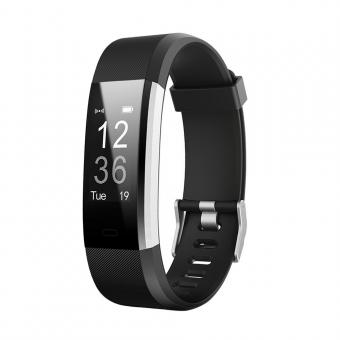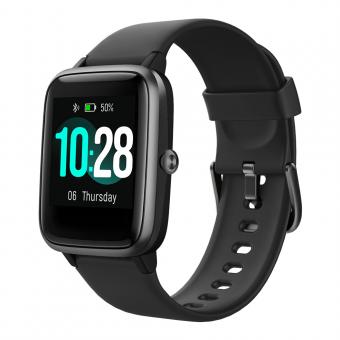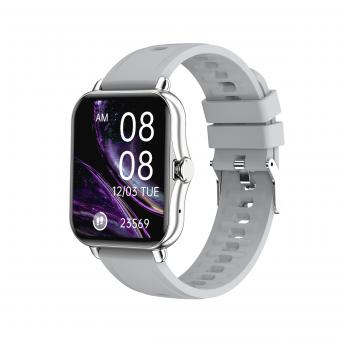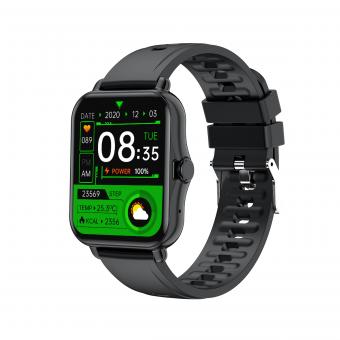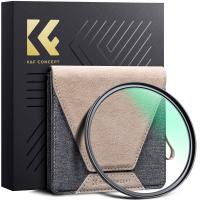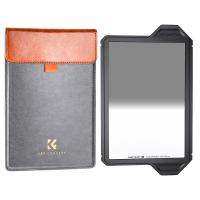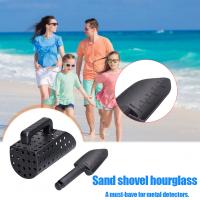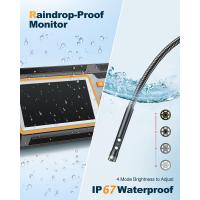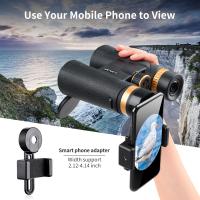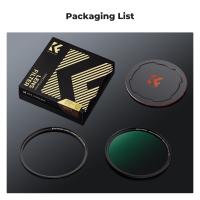How To Rate Binoculars ?
Binoculars can be rated based on several factors, including magnification, objective lens diameter, field of view, exit pupil, and prism type. Magnification refers to how much closer the object appears compared to the naked eye. Objective lens diameter is the size of the front lens, which affects the amount of light that enters the binoculars. Field of view is the width of the area visible through the binoculars. Exit pupil is the size of the circle of light that enters the eye. Prism type refers to the type of prism used to reflect the light and produce the image.
Binoculars can be rated on a scale of 1-10 based on these factors, with 10 being the highest rating. A high magnification and large objective lens diameter can result in a clearer and brighter image, while a wider field of view can make it easier to track moving objects. A larger exit pupil can also result in a brighter image, especially in low light conditions. Finally, binoculars with high-quality prism types, such as roof prisms, can produce a sharper and more detailed image.
1、 Magnification power
How to rate binoculars? One of the most important factors to consider is the magnification power. This refers to how much closer the object appears when viewed through the binoculars compared to the naked eye. The magnification power is usually indicated by two numbers, such as 8x42 or 10x50, where the first number represents the magnification and the second number represents the diameter of the objective lens in millimeters.
When it comes to magnification power, there is no one-size-fits-all answer. It depends on the intended use of the binoculars. For example, if you are using them for birdwatching or wildlife observation, a magnification of 8x or 10x is usually sufficient. Higher magnifications may result in a narrower field of view and shakier images due to hand tremors.
On the other hand, if you are using binoculars for astronomy, a higher magnification may be necessary to see distant celestial objects. However, even in this case, a magnification of 10x or 12x is usually sufficient for most amateur astronomers.
It's also important to note that higher magnification doesn't always mean better quality. The quality of the optics, such as the lenses and coatings, also play a significant role in the clarity and brightness of the image.
In summary, when rating binoculars, consider the intended use and choose a magnification power that suits your needs. Don't forget to also consider the quality of the optics for the best viewing experience.
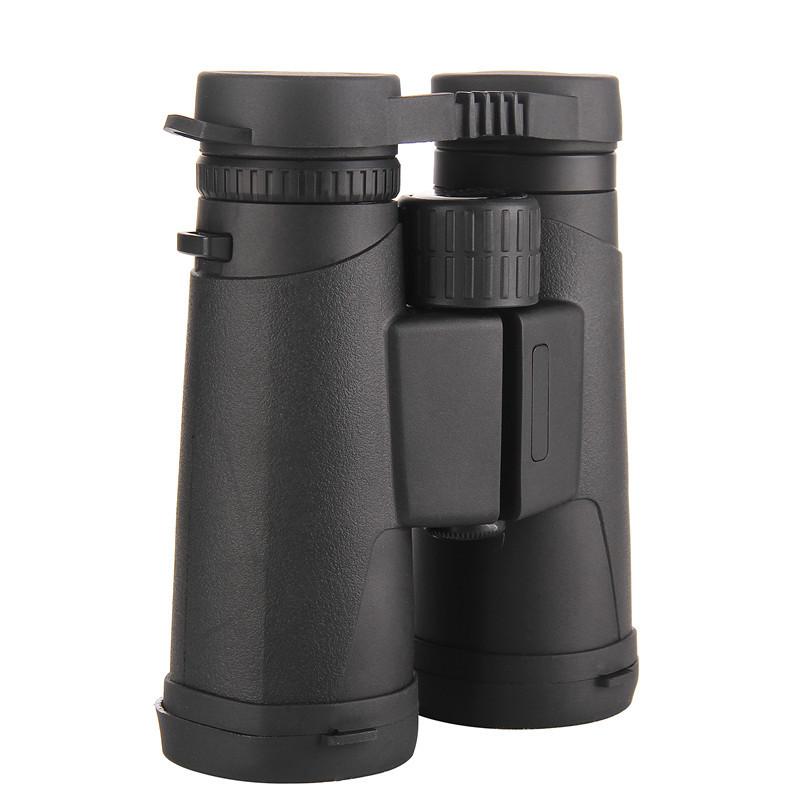
2、 Objective lens diameter
How to rate binoculars? One important factor to consider is the objective lens diameter. This refers to the size of the front lenses of the binoculars, measured in millimeters. The larger the objective lens diameter, the more light can enter the binoculars, resulting in brighter and clearer images.
When rating binoculars based on objective lens diameter, it is important to consider the intended use. For example, if the binoculars will be used for birdwatching or stargazing, a larger objective lens diameter (around 50mm or more) is recommended to capture more light and provide better image quality in low light conditions. However, if the binoculars will be used for daytime activities such as hiking or sports events, a smaller objective lens diameter (around 30mm) may be sufficient.
It is also important to note that a larger objective lens diameter may result in heavier and bulkier binoculars, which may not be ideal for all users. Additionally, the quality of the lenses and coatings used in the binoculars can also affect image quality, so it is important to consider these factors as well when rating binoculars.
Overall, while objective lens diameter is an important factor to consider when rating binoculars, it should be considered in conjunction with other factors such as intended use, weight, and lens quality to determine the best binoculars for your needs.
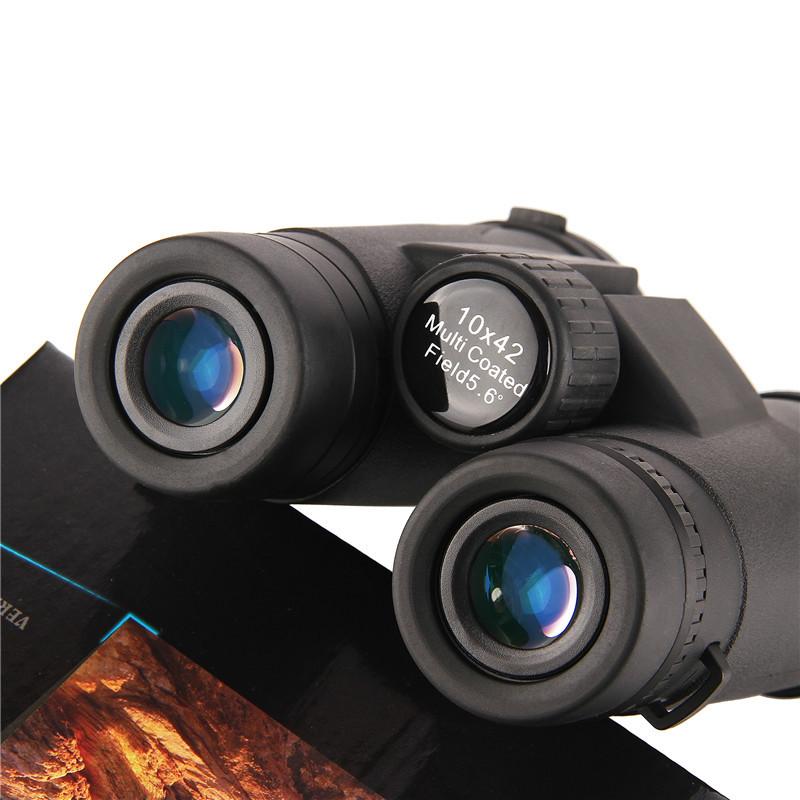
3、 Field of view
How to rate binoculars? One important factor to consider is the field of view. The field of view refers to the width of the area that can be seen through the binoculars at a specific distance. A wider field of view means that you can see more of your surroundings, making it easier to track moving objects or scan a large area.
When rating binoculars based on field of view, it's important to consider the magnification and objective lens size. Higher magnification and larger objective lenses can provide a narrower field of view, while lower magnification and smaller objective lenses can provide a wider field of view.
However, it's important to note that a wider field of view doesn't always mean better quality. Some binoculars may sacrifice image quality for a wider field of view, while others may have a narrower field of view but provide sharper and clearer images.
Additionally, the latest point of view is that some manufacturers are now using technology such as image stabilization to provide a wider field of view without sacrificing image quality. This technology can help reduce image shake and provide a more stable image, even at higher magnifications.
Overall, when rating binoculars based on field of view, it's important to consider the balance between field of view and image quality, as well as any additional technology that may enhance the viewing experience.

4、 Eye relief
How to rate binoculars? One important factor to consider is eye relief. Eye relief refers to the distance between the eyepiece and your eye when the entire field of view is visible. This is particularly important for people who wear glasses or have a higher prescription, as they need more eye relief to see the entire field of view.
To rate binoculars based on eye relief, you should look for a minimum of 15mm of eye relief. This will ensure that most people can see the entire field of view, even if they wear glasses. However, if you have a higher prescription or thicker glasses, you may need more eye relief.
It's also important to note that eye relief can affect the overall image quality. If the eye relief is too short, you may experience a "tunnel vision" effect, where the edges of the image are blurry or distorted. On the other hand, if the eye relief is too long, you may experience a loss of image quality or a reduced field of view.
In recent years, some manufacturers have introduced binoculars with adjustable eye relief, allowing users to customize the distance between the eyepiece and their eye. This can be particularly useful for people with varying prescriptions or for those who share their binoculars with others.
Overall, when rating binoculars based on eye relief, it's important to consider your own needs and preferences, as well as the quality of the image and the overall design of the binoculars.
